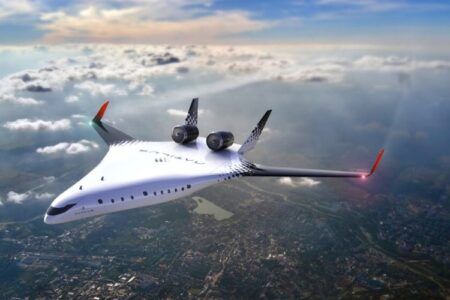Polish engineering company Metal Master has started ground testing of the Flaris LAR01 single-engine, five-seat (one pilot and four passengers) jet prototype that it plans to fly this summer.
The aircraft uses a Williams International engine, the FJ33-5A, which recently received FAA Part 33 type approval. The turbofan has aerodynamic and structural enhancements similar to those developed for the previously certified FJ44-3AP and FJ44-4A engines, allowing the FJ33-5A to generate more than 2,000 lb of thrust and achieve improved fuel economy and a thrust-to-weight ratio greater than 6:1.
The ground tests are being conducted on flight test serial number-7 (S/N-7) at the company’s headquarters in Podgórzyn, Poland. During a static test run earlier this month, S/N-7’s Williams turbofan engine was tested throughout the entire power range. Full integration of gearbox-driven accessories is expected in the “upcoming weeks,” Flaris said.
Initial test flights are expected with an unpressurized aircraft, but the ventilation and pressurization unit is reportedly already well advanced.
Other aircraft systems being developed include a safety parachute, which will be a whole-aircraft, multistage system that will be deployable across all the operational speed ranges of the jet. Parachute mounting hard points and its container are already installed on the test airframes.
A total of three conforming aircraft are slated to conduct flight-tests: LAR01 S/N-5 and S/N-7 will be used for flight test, with a third to follow, while the S/N-6 airframe will be used as a static fatigue ground test article. First flight is “on track” for this summer, Flaris said.
Polish ‘special S1’ certification is anticipated by 2017, followed by EASA and FAA type certification in 2019. Target performance includes an 820ft take-off distance; 380kts top cruise speed; 3,300 lb mtow; 28,000ft ceiling; and a 1,700 nautical miles range.
The FJ33-5A engine that will power the Cirrus SF50 Vision and Flaris LAR1 was originally developed for the Diamond D-Jet, which was suspended in 2013. The power plant includes sensor suite redundancy and software revisions needed for single-engine jet markets.
To see a video of the Flair LAR01 performing taxi tests click here.
July 8, 2016




